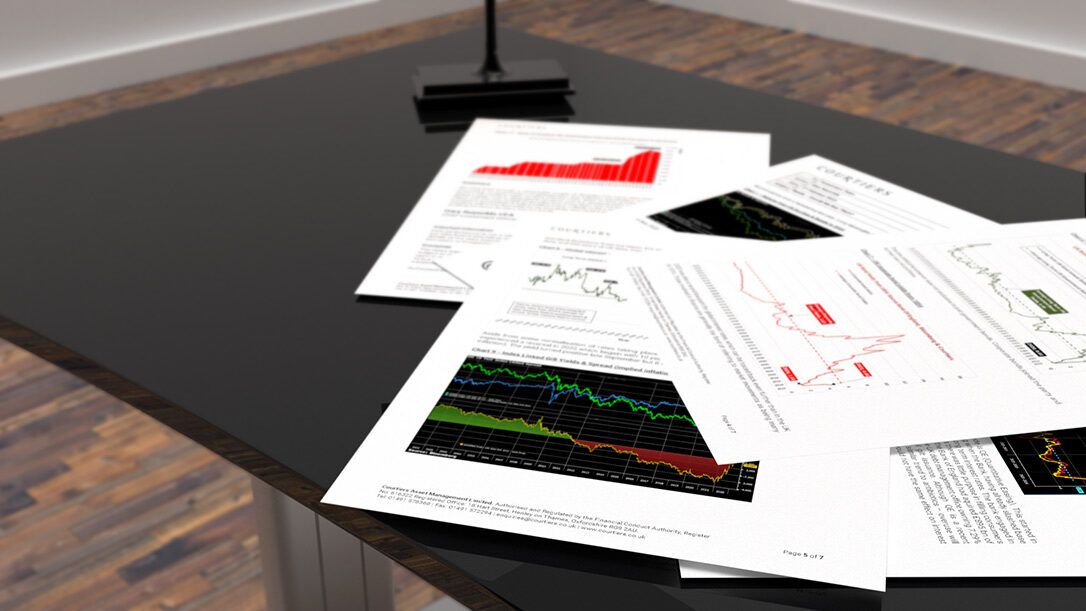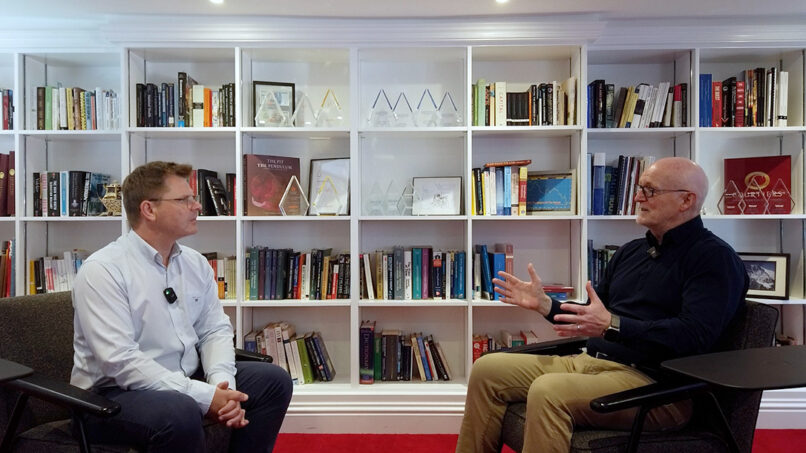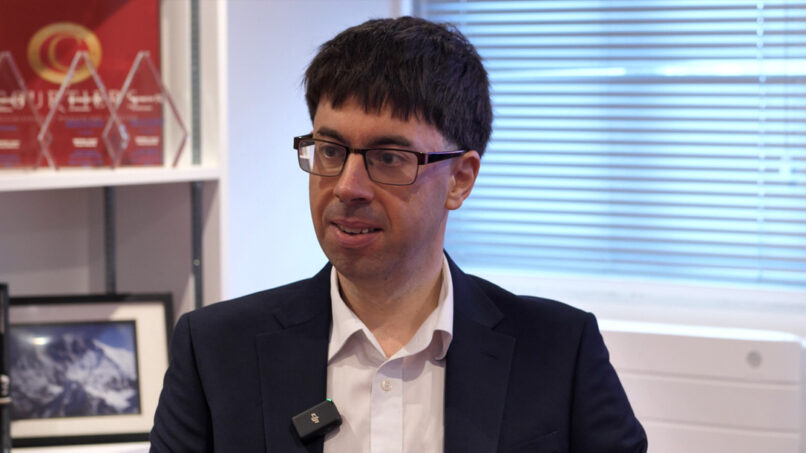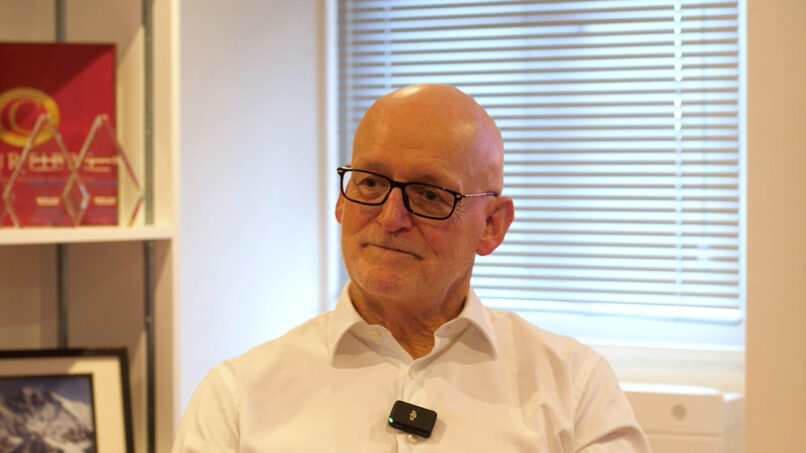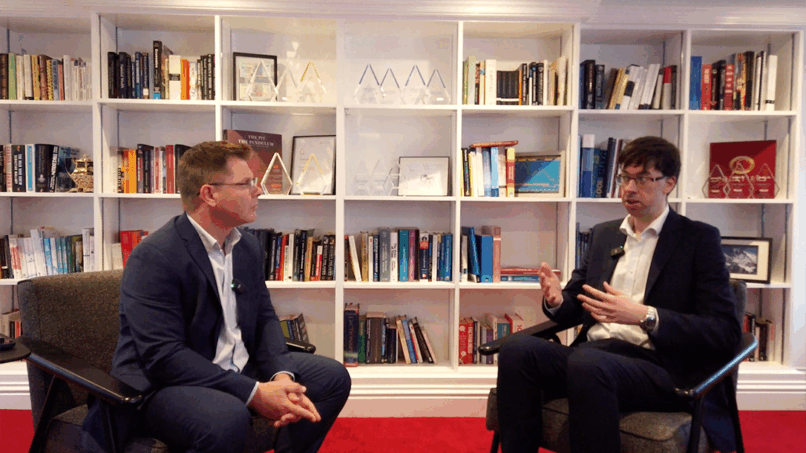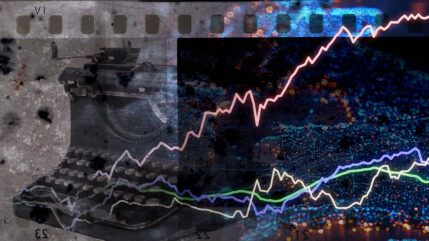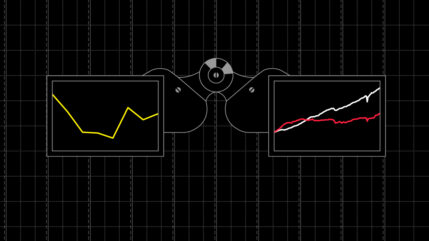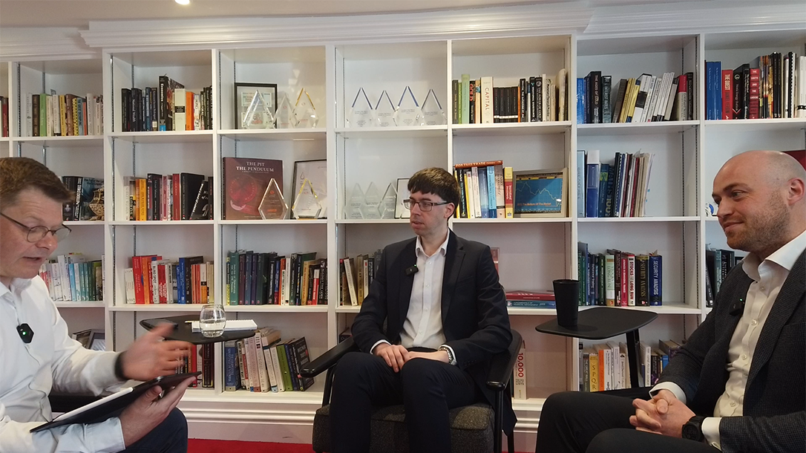People who are waiting for interest rates to return to the lows of summer 2020 “may be waiting another 700 years.” That’s the view of Gary Reynolds Courtiers CIO.
Gary was responding to Leo’s questions about a research note in which Gary seeks to answer one of the key questions exercising the minds of investment managers everywhere: where are interest rates going?
Not only do interest rates reflect the cost of borrowing, but they’re the key factor in determining the price of one of the two great asset classes, namely bonds. And in turn bond values impact the performance of the Courtiers Multi-Asset Funds.
In short, interest rates matter. So, when Gary recently produced a research note to share with the Investment Team considering where interest rates might go next, we thought it might be of interest to a wider audience. You can read the note below.
In the video accompanying the research note, Gary begins by explaining the relationship between interest rates and bond prices. When interest rates fall bonds prices rise. And when interest rates increase bond values drop, culminating in interest rates hitting record lows in 2020.
During the course of 2022, as interest rates began to move upwards this fall was precipitous, with long-duration gilt prices collapsing by 40%, leaving many investment managers nursing heavy losses. Gary explains how by deciding to hold “hardly any long-dated bonds in the portfolio,” (long-duration bonds are particularly sensitive to changes in interest rates) Courtiers “escaped” this decline.
In his video interview with Leo, Gary explains why he thinks it’s “unlikely” that interest rates will return to their all-time lows of 2020 (global interest rates were the lowest for 700 years). This is not only because of what’s termed mean reversion that values eventually return to their long-term average, but because “some common sense would draw you to the same conclusion.”
Gary argues that the two decades up to 2022 were subject to a combination of unusual factors that led to ultra-low interest rates, but that crucially this combination of factors is unlikely to occur again. Alongside globalisation, low inflation and the pandemic, he highlights Quantitative Easing (QE). This led Central Banks, among them the Bank of England to increase interest rates to curb rising prices. “The point here is another dose of QE would not have the same effect on interest rates as it had in 2009,” writes Gary in his research note.
What does this mean for the Courtiers investment strategy? Gary explains that with recent increases in interest rates and bond yields “unlikely to be a temporary phenomenon, the risks to bonds are still on the downside”, and consequently, “We won’t be stuffing too much long-duration bonds into the funds.” Anyone waiting to see rates return to the low levels seen in the summer of 2020 “may be waiting 700 years for that to happen,” he concludes.
In his video interview with Leo, Gary explains why the start of this year has been better than 2022 on the markets and reiterates the Courtiers Investment Team mantra, “do not overpay.”
He says he’s pleased with the start made by the Courtiers Ethical Value Equity Fund but cautions that it’s very early days. “We’re in it for the Marathon, we’ve covered about 50 metres so far.”
And he reinforces CEO Jamie Shepperd’s views on succession planning at Courtiers. “You’ve got a great Senior Management Team, and there will be more people doing more things and taking the day-to-day roles away from us, but that’s a good thing because it’s an evolution. But we’re (Jamie and I) not going anywhere because we love it too much.”

